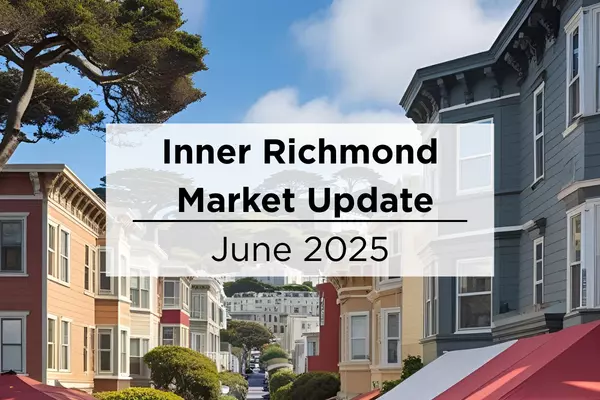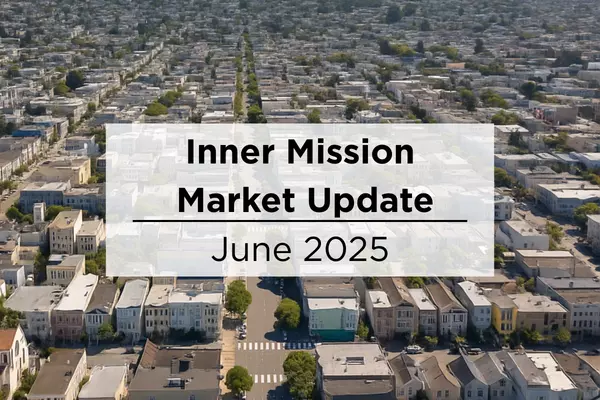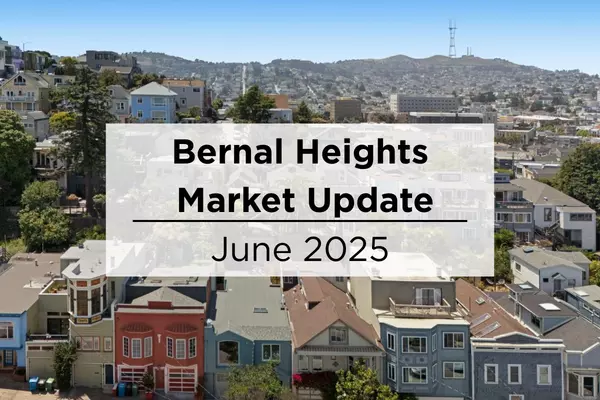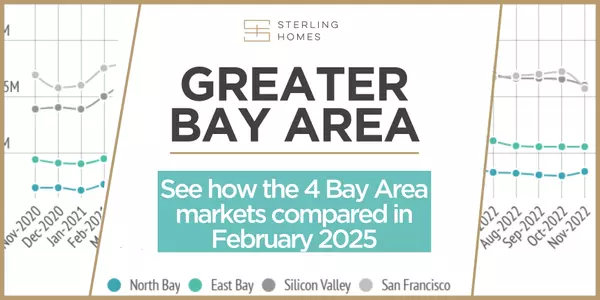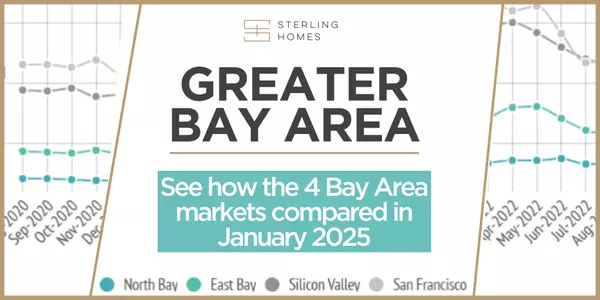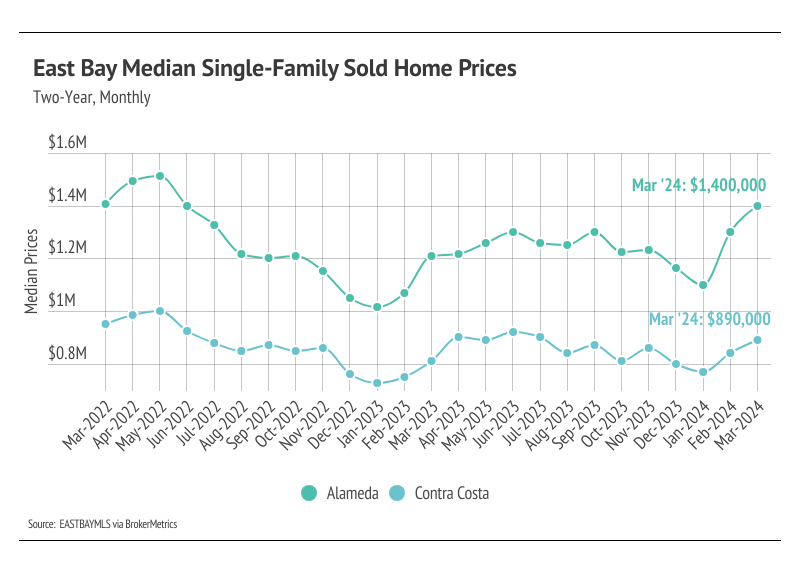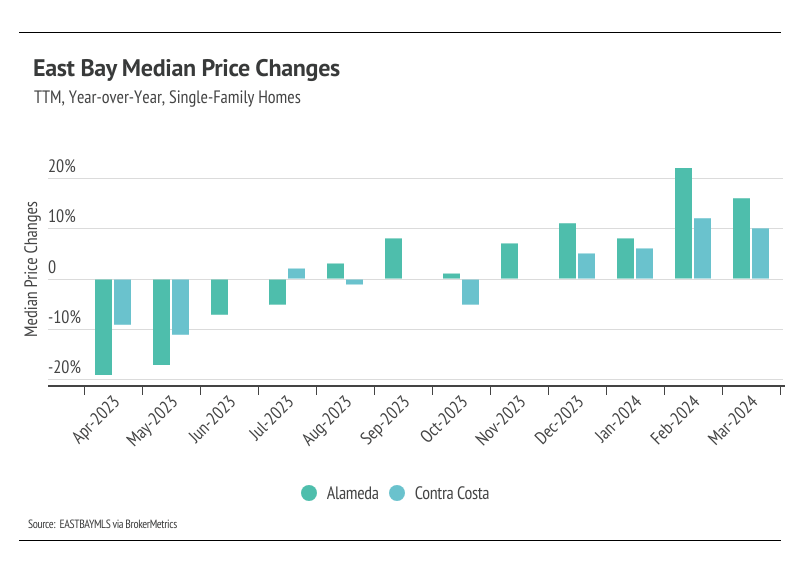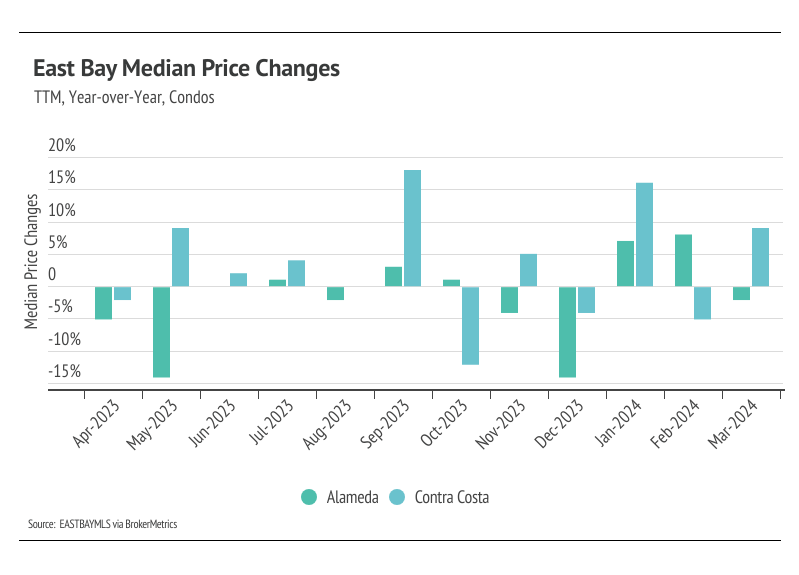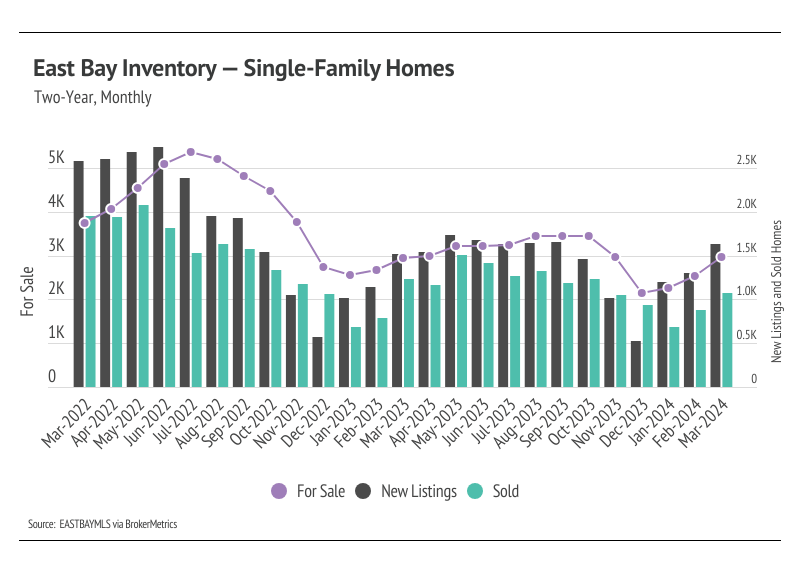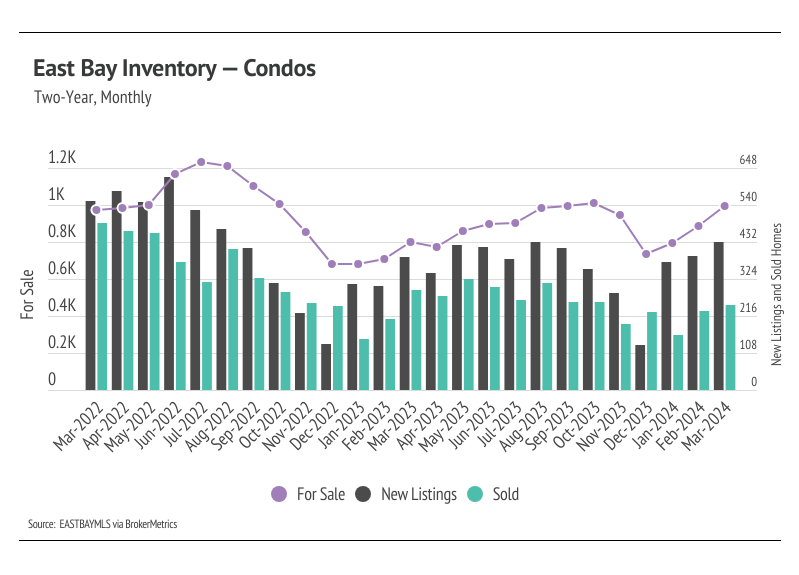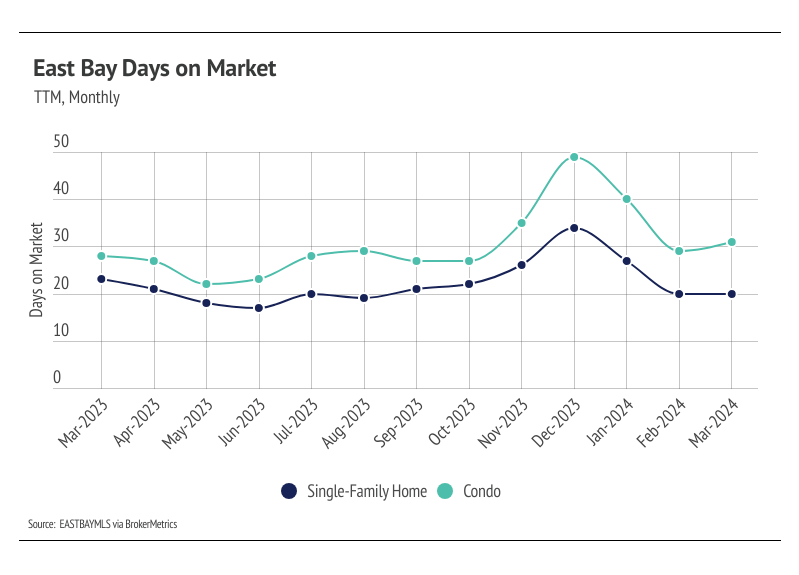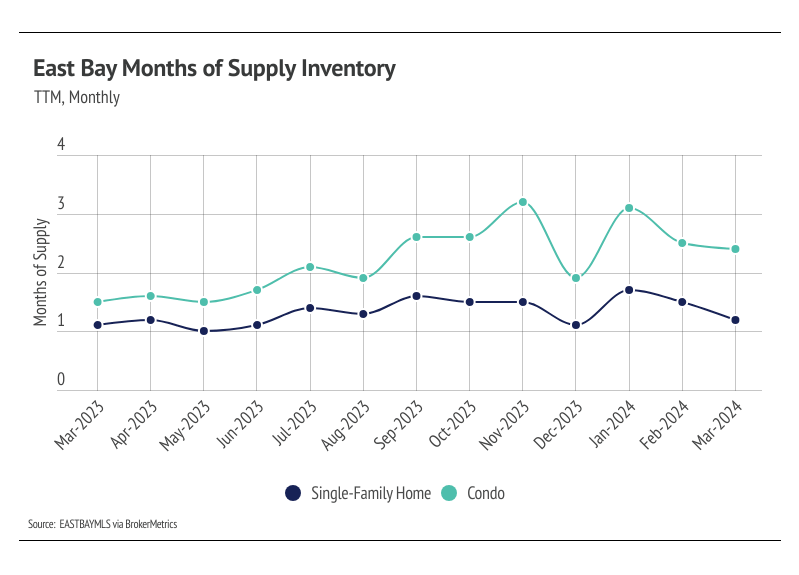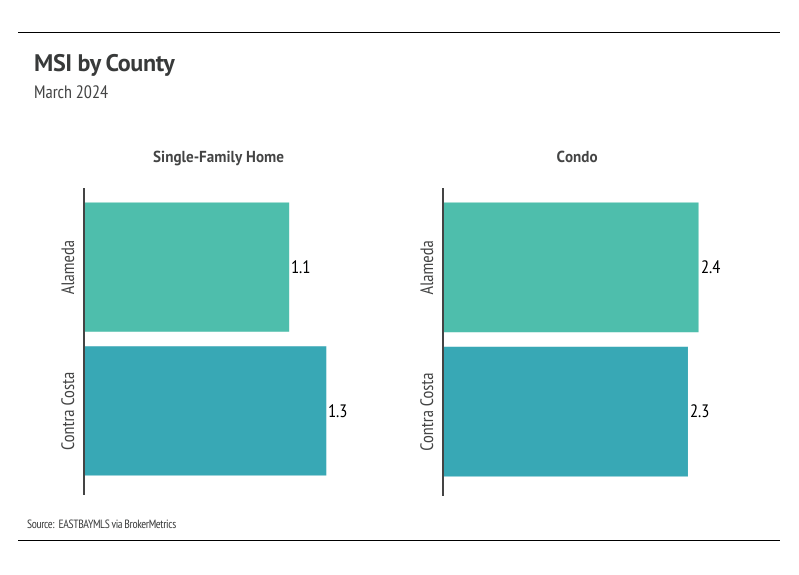On March 15, 2024, the National Association of Realtors® (NAR) announced a $418 million settlement with a nationwide class of plaintiffs in an antitrust lawsuit. The lawsuit centered around claims that Realtors® conspired to artificially inflate commission rates by not being transparent about how buyer’s agents are compensated.
So, what’s changing about how buyer’s agents are compensated?
Today, when a seller’s agent lists a home on a REALTOR®-owned Multiple Listing Service (MLS), they are able to include an offer of compensation to the buyer’s agent as part of the listing. Moving forward, this compensation cannot be advertised on the MLS.
The practice of putting the buyer’s agent commission percentage on the MLS has led many to believe that number is fixed. And many agents have not done a good job explaining that commissions are negotiable.
If the court approves NAR’s settlement, agents will no longer be able to advertise any buyer’s agent’s compensation when they list a home on a REALTOR®-owned MLS. This will encourage agents to have more in-depth conversations with their clients around compensation, promoting greater transparency across the industry.
Lastly, buyers will now be required to sign buyer’s agency agreements to ensure they fully understand the buyer-broker relationship, obligations between broker and client and how their buyer’s agent is compensated.
All in all, it’s too soon to tell exactly how the proposed rule change will impact the housing market. What we do know is that there are too few homes and too much demand — even with current mortgage rates — for home sellers to worry about competing on price, generally speaking.
Speaking of mortgage rates, the Federal Reserve held rates steady at the March meeting, which was in line with expectations. With the information from Fed Chair Powell, we are now expecting rate reductions after the June or July Fed meetings. The Fed’s dual mandate aims for stable prices (inflation ~2%) and low unemployment. Employment has shown its persistent strength, and inflation is coming down, but the Fed wants more good data before lowering rates because they want to avoid raising rates once they’ve started lowering them.
Overall, the market is starting to heat up, which is what we expect and want to see this time of year. Mortgage rates have been elevated for long enough now that buyers and sellers are less hesitant to enter the market. And rate cuts will come in the second half of the year, allowing for refinancing in the near future. As a result, we are expecting far more transactions than last year and a healthier market.
Different regions and individual houses vary from the broad national trends, so we’ve included a Local Lowdown below to provide you with in-depth coverage for your area. As always, we will continue to monitor the housing and economic markets to best guide you in buying or selling your home.
Big Story Data
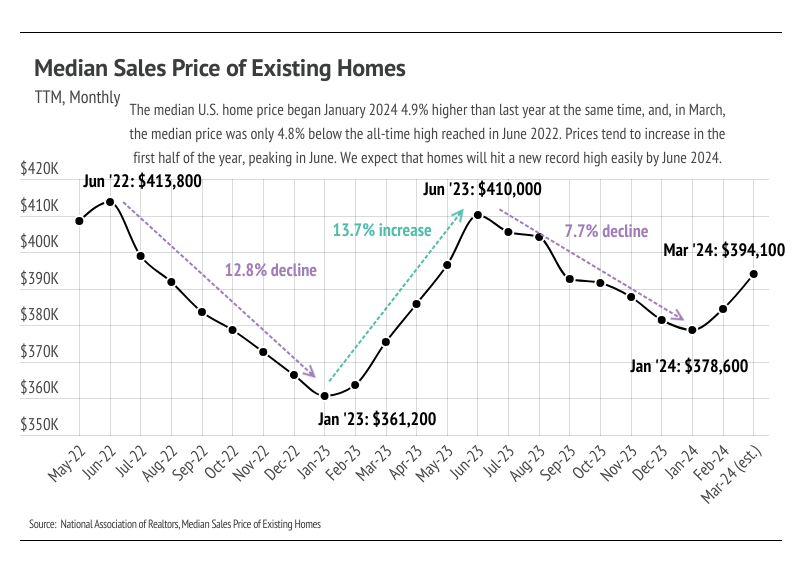

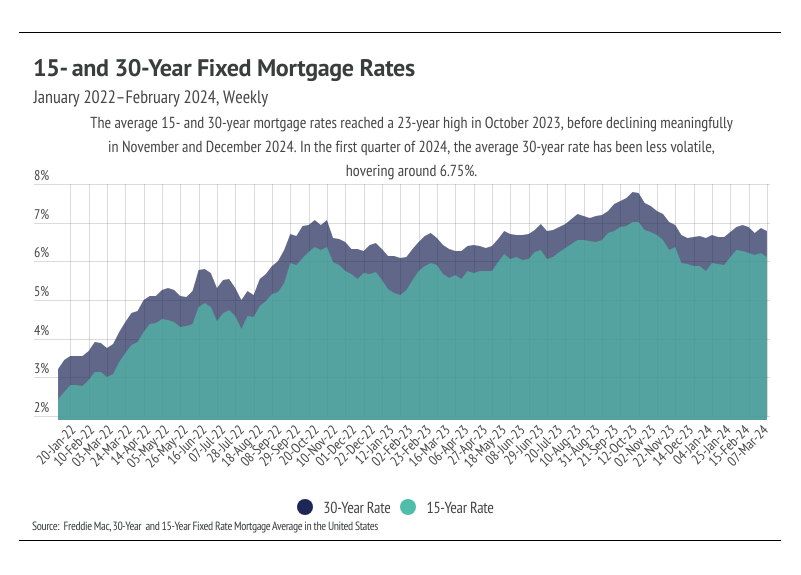
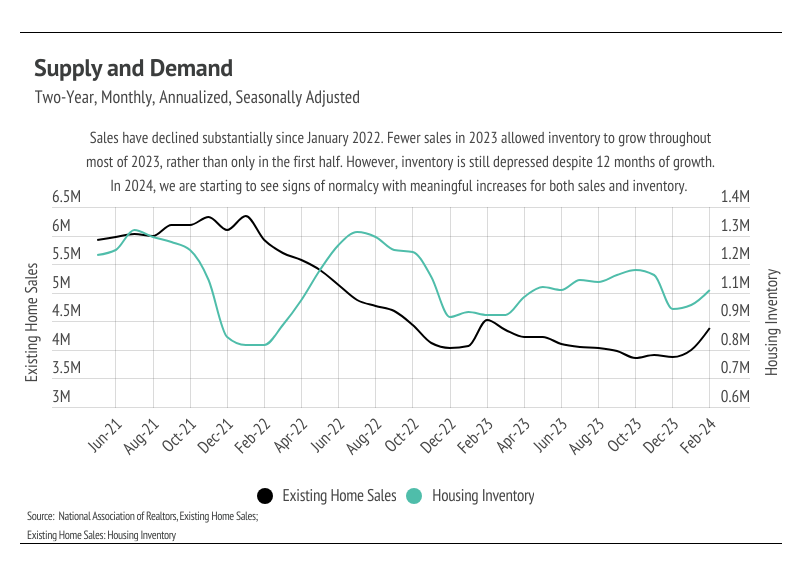
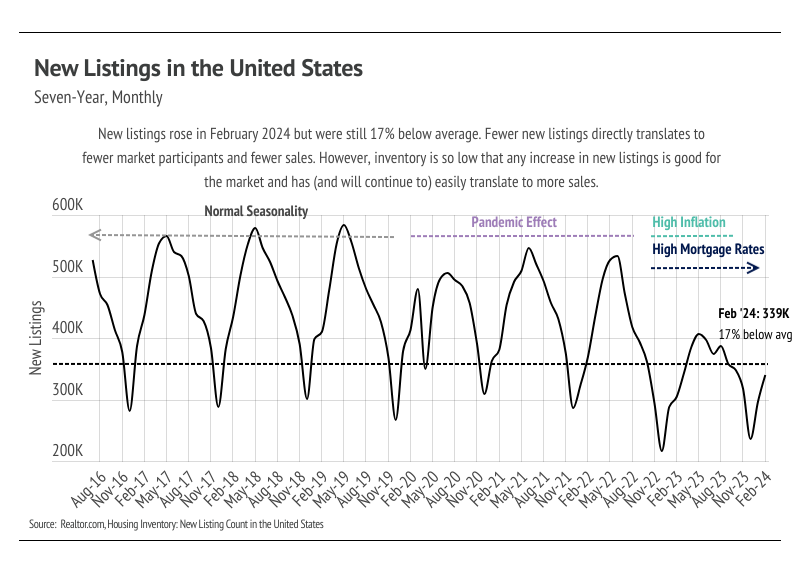
The Local Lowdown
-
Median home prices are slightly below peak levels across the East Bay. As more new listings come to market, we expect prices to continue rising and to reach new highs in the second quarter.
-
Active listings, sales, and new listings rose in the East Bay month over month, which are all beneficial for the housing market. We expect inventory to increase in the first half of the year, and possibly return to a more normal market, after the slowdown experienced over the past year and a half.
-
Months of Supply Inventory declined sharply from February to March, indicating the market is heating up. MSI indicates a sellers’ market in the East Bay.
Note: You can find the charts/graphs for the Local Lowdown at the end of this section.
Median prices rose in March 2024, and we expect them to rise higher in Q2 2024
In the East Bay, low inventory and high demand have more than offset the downward price pressure from higher mortgage rates, and prices generally haven’t experienced larger drops due to higher mortgage rates. Month over month, in March, the median single-family home price rose 8% in Alameda and 6% in Contra Costa. Year over year, prices were up 16% in Alameda and 10% in Contra Costa. Condo prices were up month over month and year over year in Contra Costa, though they dropped in Alameda. We expect prices in the East Bay to remain slightly below peak until the early summer, but prices will almost certainly reach new highs in the second quarter of 2024. Low, but rising inventory is only increasing prices as buyers are better able to find the best match.
High mortgage rates soften both supply and demand, but at this point rates have been above 6% for 16 months, and rate cuts will likely occur sometime this year. Potential buyers have had longer to save for a down payment and will have the opportunity to refinance in the next 12-24 months, which makes current rates less of a limiting factor. However, high demand can only do so much for the market if there isn’t supply to meet it.
Single-family home and condo inventory, sales, and new listings increased month over month
Since the start of 2023, single-family home inventory has followed fairly typical seasonal trends, but at significantly depressed levels. Low inventory and fewer new listings have slowed the market considerably. Typically, inventory peaks in July or August and declines through December or January, but the lack of new listings prevented meaningful inventory growth. Last year, new listings and sales peaked in May, while inventory peaked in October. New listings have been exceptionally low, so the little inventory growth in 2023 was driven by softening demand. In December 2023, inventory and sales dropped, but more new listings came to the market in 2024, which has driven the significant increase in sales in Q1 2024. The market is already looking healthier, and we expect more new listings and sales in Q2 2024.
With the current low inventory levels, the number of new listings coming to market is a significant predictor of sales. New listings rose 22% month over month, and sales followed suit, increasing 19%. Year over year, inventory is up 6%; however, sales are still down 13%. The next three months will be critical to our understanding of the market. More supply will mean a healthier market and a more normal housing market in 2024.
Months of Supply Inventory fell in March 2024, indicating a sellers’ market
Months of Supply Inventory (MSI) quantifies the supply/demand relationship by measuring how many months it would take for all current homes listed on the market to sell at the current rate of sales. The long-term average MSI is around three months in California, which indicates a balanced market. An MSI lower than three indicates that there are more buyers than sellers on the market (meaning it’s a sellers’ market), while a higher MSI indicates there are more sellers than buyers (meaning it’s a buyers’ market). The East Bay market tends to favor sellers, which is reflected in its low MSI. MSI trended higher in the second half of 2023, moving above three months of supply for condos. In February and March 2024, however, the East Bay MSI fell significantly, indicating the housing market now favors sellers.
We can also use percent of list price received as another indicator for supply and demand. Typically, in a calendar year, sellers receive the lowest percentage of list price during the winter months, when demand is lowest. Winter months tend to have the lowest average sale price (SP) to list price (LP), and the summer months tend to have the highest SP/LP. In Q1 2024, SP/LP was 4% higher than last year, meaning we expect sellers overall to receive a higher percentage of the list price throughout all of 2024 than they did in 2023.









